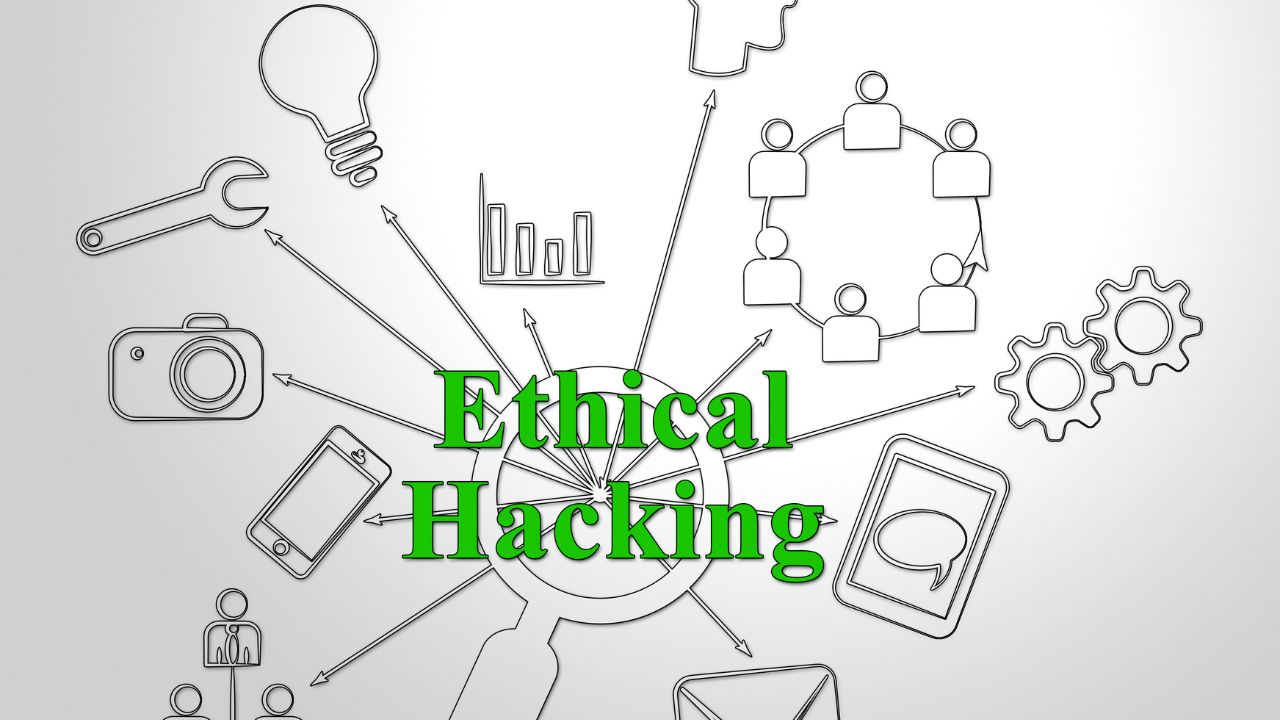
Free Ethical Hacking
Ethical hacking, also known as penetration testing, plays a crucial role in the cybersecurity strategy of Trust-IT. It involves authorized professionals actively attempting to identify vulnerabilities in a company’s computer systems, networks, applications, and other digital assets.

Here’s how ethical hacking is employed within businesses:
- Identifying Vulnerabilities: Trust-IT’s ethical hackers simulate real-world attacks to identify potential vulnerabilities and weaknesses in a company’s IT infrastructure. By doing so, they uncover security flaws before malicious hackers can exploit them.
- Risk Assessment: Once vulnerabilities are identified, Trust-IT’s ethical hackers work with the company’s security team to assess the potential risks associated with these vulnerabilities. This assessment helps organizations prioritize their efforts and resources to address the most critical security issues.
- Enhancing Security Measures: The insights gained from ethical hacking help businesses enhance their security measures. This can include patching vulnerabilities, strengthening access controls, improving network configurations, and updating software.
- Regulatory Compliance: Many industries are subject to regulatory standards that mandate a certain level of cybersecurity. It also helps businesses ensure compliance with these regulations and standards by identifying and addressing security gaps.
- Third-party Assessment: Businesses often work with external firms to perform independent assessments of their security posture. This provides an unbiased evaluation of their cybersecurity defenses and helps identify blind spots.
- Incident Response Preparation: Ethical hacking can help businesses prepare for potential cybersecurity incidents by identifying potential attack vectors and weaknesses. This preparation enables organizations to respond more effectively to real-time attacks.
- Training and Awareness: Ethical hacking exercises can be used as training opportunities for the internal security team. It helps them understand the tactics, techniques, and procedures used by malicious hackers, enabling them to develop better defense strategies.
- Continuous Improvement: Ethical hacking is not a one-time activity. It should be performed regularly to account for new threats, vulnerabilities, and changes in the IT landscape. This ongoing process ensures that security remains up to date.
- Public Image and Trust: Demonstrating a commitment to cybersecurity by conducting ethical hacking can enhance a company’s reputation and build trust among customers, partners, and stakeholders.
- Cyber Insurance: Some companies use the results of hacking assessments to negotiate better terms for cyber insurance coverage, as a strong security posture can reduce the risk of cyber incidents.
It’s important to note that ethical hacking should always be conducted within legal and ethical boundaries. Proper authorization must be obtained before conducting any hacking activities and any findings should be shared responsibly with the organization’s security team.
Overall, ethical hacking in Trust-IT is a proactive approach that helps businesses identify and mitigate security risks, thereby contributing to a stronger cybersecurity posture and reducing the potential impact of cyberattacks.
